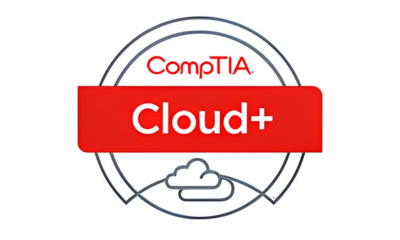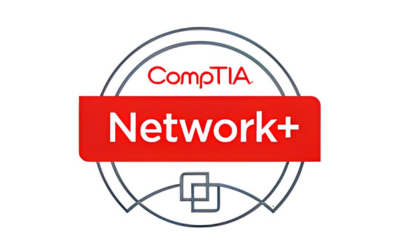The Networking domain of the CompTIA A+ certification covers the skills and knowledge necessary to work with network infrastructure and technologies. The curriculum typically includes topics such as network architecture, protocols, topologies, media, routing and switching, and wireless networking.
The curriculum begins with an overview of basic networking concepts, including the OSI and TCP/IP models, IP addressing, and subnetting. Participants will learn about different network types, including LANs, WANs, and WLANs, and how to identify and troubleshoot common network issues.
The course also covers networking hardware, such as routers, switches, and firewalls, and how to configure and manage them. Participants will learn about different network protocols and services, including DHCP, DNS, NAT, and VPNs, and how to implement them in a network environment.
In addition, the course covers wireless networking technologies, including Wi-Fi standards, security protocols, and troubleshooting techniques. Participants will also learn about mobile device networking, including tethering, hotspots, and VPNs.
By completing the Networking domain of the CompTIA A+ certification, participants will be equipped with the skills and knowledge necessary to work with a wide range of network technologies and infrastructure. This can lead to greater job opportunities and career advancement, as organizations increasingly rely on IT professionals to manage and maintain their network infrastructure.


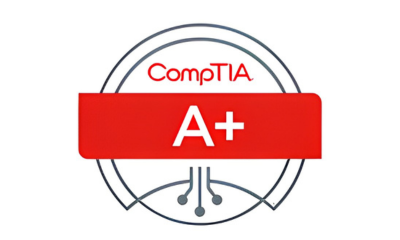




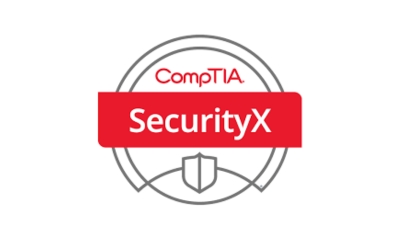
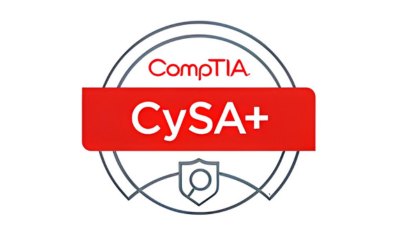
_CC638189350849498069_.png)
